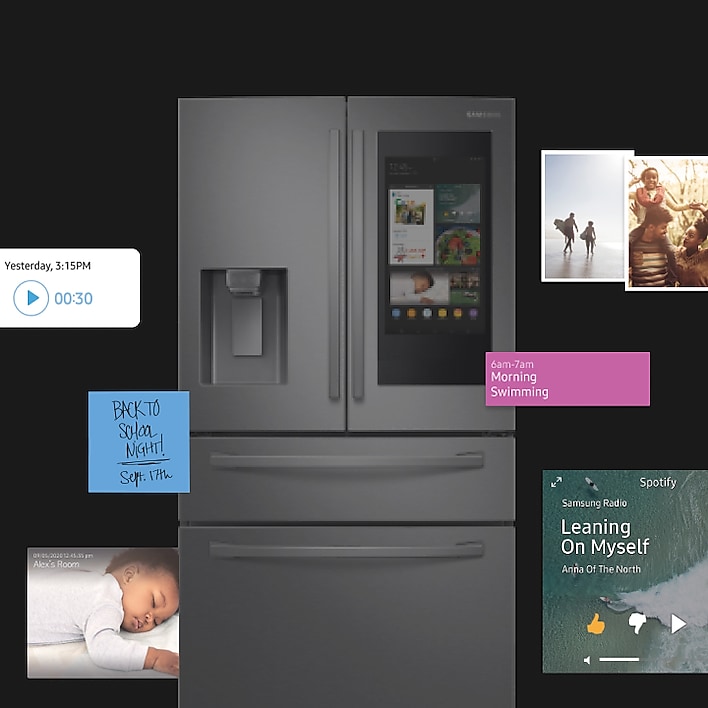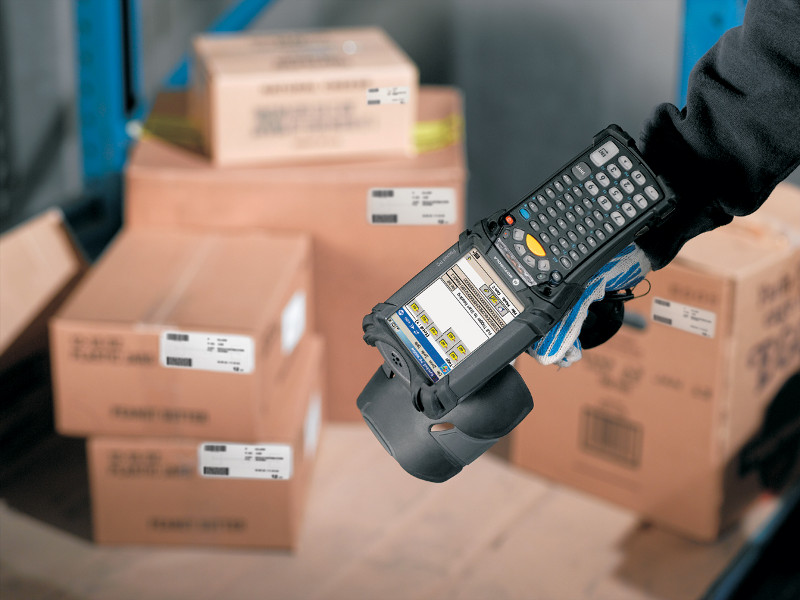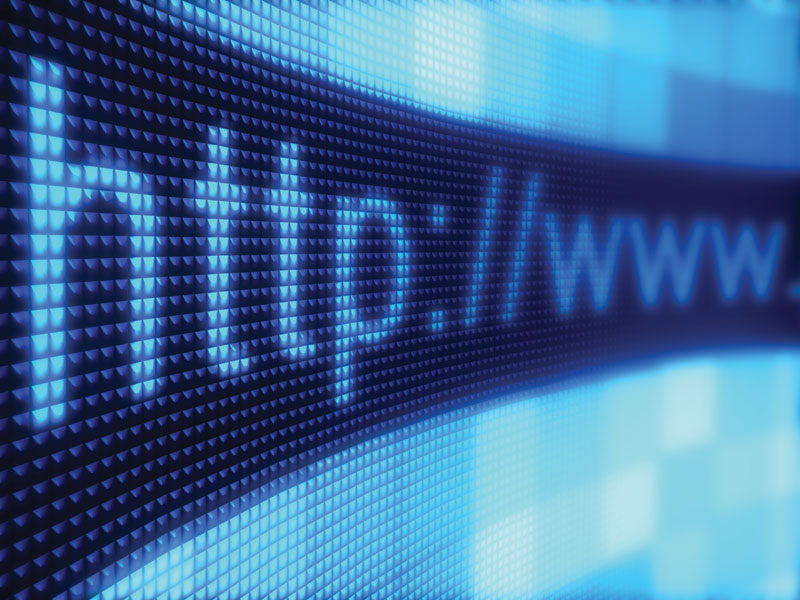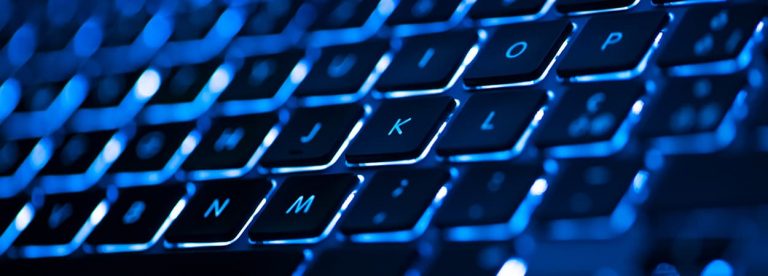Internet of Things is a collection of devices containing sensors connected to the internet that generate massive amounts of data. Internet of Things, also known as an IoT device, could be anything from your phone, watch, or even your fridge. Without realizing it, many devices within our everyday lives are IoT devices. These physical objects collect data that can be used by governments, cities, businesses, or individuals to transmit and analyze information and make impactful changes. It is estimated that over 3 million new devices are connected to the internet each month.
There is a wide variety of benefits that IoT devices offer. Governments can use it to track environmental issues which can result in more informed decision-making processes. Cities can control traffic, parking garages and monitor housing and health needs. Individuals can use it to track their groceries and businesses can find consumer trends. There are a multitude of uses for IoT devices within society.
How does IoT work?
IoT relies on enabling data to work together through network connections. Moving forward from cables and plugs, we are now in the age of wireless technology. Meaning, for an IoT device to work, it must be connected to a network – whether it be the ethernet or a wireless connection to a controller. A controller collects data from the sensor, the sensor works with an actuator which transforms the input data into physical action. For example, a heating and cooling system uses sensors to detect if the room is too hot or cold based on the temperature you tell it. If the sensor detects the room is too cold, it will alert the actuator which will increase the heat.
The possibilities of objects which can be turned into an IoT device are expanding exponentially. Contrary to popular belief, implementing IoT into your life is extremely easy and cheap. Microcomputers are used to communicate with any server and are extremely cost-efficient because of the wireless network. There is also a wide variety of devices already on the market ready for purchase.
Consumer IoT
In our everyday lives, IoT devices can be seen nearly anywhere. For every consumer in 2020, they had an average of 6.58 devices connected to the internet. Samsung created a smart fridge that uses sensors and the internet to keep track of what foods you need to put on your grocery list. The smart fridge also allows you to find recipes using the food you have in your fridge, and create a shopping list if you do not have the necessary ingredients.

Consumer IoT devices can be extremely valuable, especially in home control and security. Many devices allow homeowners to check the security of their locks, lights, and speakers through a mobile device when they are not home. These systems are designed to reduce break-ins and improve home security. Currently, there is no IoT digital security standard which means that there is an expanded opportunity for cybersecurity attacks. Meaning, that the devices used for home safety should be regulated and monitored at personal discretion and trust in the manufacturer and network.
Business IoT
IoT devices are extremely versatile and can be used in many sectors and departments of a business. Firstly, it can help improve logistics. A simple IoT device can track a transportation truck; its mileage, destination, driver, and more. Any alterations in the delivery can be detected in real-time through sensors, which is extremely valuable in the retail industry. IoT devices can help improve inventory planning and prevent losses while reducing human error – especially in long-distance shipping. Increased visibility provides updates at each step of the journey giving the business a major competitive advantage.
Other IoT devices in business can be used to provide products, services, consultation, and more to consumers in an efficient way. Radio-frequency identification (RFID) is a scanner that can track inventory levels and update directly to your company’s software. Reducing the amount of manual data entry necessary,

Integrating these powerful devices into your business allows you to collect more data from events and easily analyze it. The device can detect patterns and trends that are oblivious to the human eye and can provide educated predictions. This promotes activities that will be beneficial to the business, just like the transportation truck being rerouted due to a traffic jam. IoT devices can be implemented in other areas and gather information like; who is buying your product, what is the demographic, and more. The increase in the amount of data and insights can result in actions such as promoting marketing ideas and business ideas in general.
IoT devices have been extremely valuable now more than ever due to the increase of remote work. Similarly to homeowners, business owners can ensure their physical workplaces are secure from the comfort of their homes through their mobile devices.
Conclusion
Machine-to-machine communication is becoming increasingly more popular. If IoT devices are properly programmed, the machine can evaluate the data and information it collects and process it in real-time to make beneficial modifications. They hold a high value in consumer and business lives. IoT devices alone could add $14.2 trillion to the global economy by 2030. In the future, we can expect an increase in intent-based networking (IBN). IBN uses machine learning and advanced automation to control networks. As we see society increasingly embracing these digital tools, we can see the start of a transformation in every aspect of our lives.






